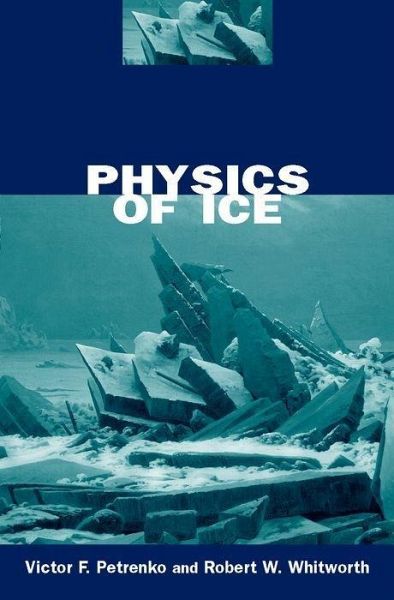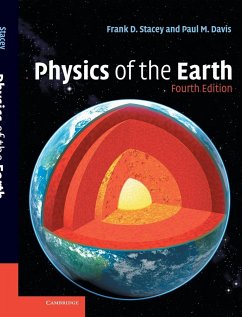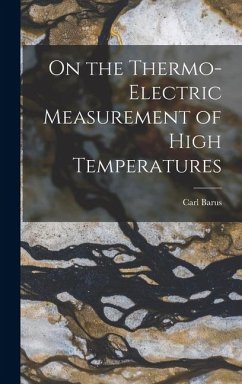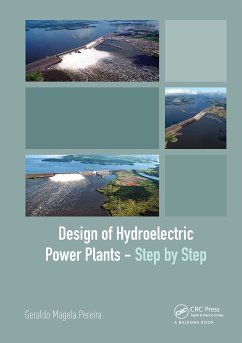
Physics of Ice
Versandkostenfrei!
Versandfertig in 1-2 Wochen
311,99 €
inkl. MwSt.

PAYBACK Punkte
156 °P sammeln!
Ice is one of the most abundant and environmentally important materials on Earth, and its unique and intriguing physical properties present fascinating areas of study for a wide variety of researchers. This book is about the physics of ice, by which is meant the properties of the material itself and the ways in which these properties are interpreted in terms of water molecules and crystalline structure. Although ice has a simple crystal structure its hydrogen bonding results in unique properties, which continue to be the subject of active research. In Physics of Ice, the physical principles un...
Ice is one of the most abundant and environmentally important materials on Earth, and its unique and intriguing physical properties present fascinating areas of study for a wide variety of researchers. This book is about the physics of ice, by which is meant the properties of the material itself and the ways in which these properties are interpreted in terms of water molecules and crystalline structure. Although ice has a simple crystal structure its hydrogen bonding results in unique properties, which continue to be the subject of active research. In Physics of Ice, the physical principles underlying the properties of ice are carefully developed at a level aimed at pure and applied researchers in the field. Importanttopics like current understandings of the electrical, mechanical and surface properties, and the occurrence of many different crystalline phases are developed in a coherent way for the first time. An extensive reference list and numerous illustrations add to the usefullness and readability of the text.














